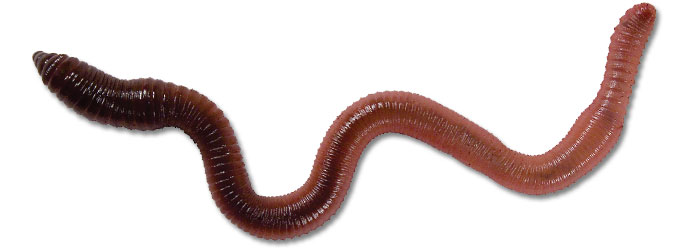
Scientists Discover New Clue to Geckos' Climbing Ability
Geckos can run just as easily along a wall or ceiling as they can across a floor. This is due to special pads on their toes, which can even grip glass. No man-made adhesive technology comes even close to functioning as well as gecko feet. And after years of research, the last missing puzzle piece to gecko foot design has apparently been found.

Butterflies Mimic Other Species with 'Amazing Supergene'
To the untrained eye, certain butterflies can look essentially identical to corresponding varieties of another species. This way they can evade predators, who won't eat them because the insects they're copying taste terrible.

Tadpole Faces Form by Bioelectric Patterning
How does a single-cell egg turn into a swimming, metabolizing, hunting tadpole? Common understanding holds that frog DNA carries the required instructional building plans. However, developmental biologists serendipitously discovered that tiny facial features were outlined with bioelectricity just prior to their formation inside frog eggs.

'Relatively Simple'
In his book Why Evolution Is True, evolutionist Jerry Coyne of the University of Chicago made the following jaw-dropping statement:

Animal Kingdom Already Had Underwater Divers and Solar-Powered Flyers
Scuba divers can explore underwater depths firsthand because of specialized equipment that was developed in just the last century. Likewise, solar-powered airplanes currently in development promise to provide fuel-free flying. These inventions open new realms for human exploration, but the arachnid and insect equivalents of their equipment have been on the planet for ages.








